Scleroderma
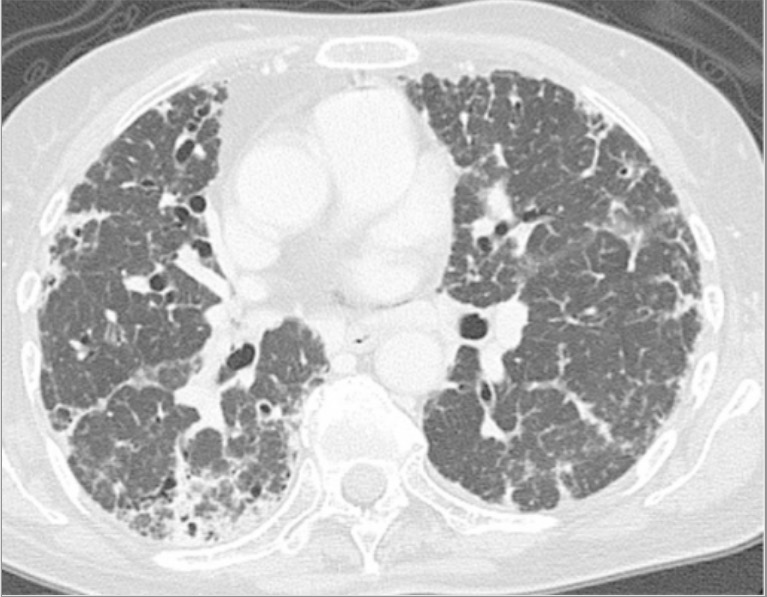
Overview Definition Scleroderma, also known as systemic sclerosis (SS), is an autoimmune disorder in which there is progressive deposition of collagen in the skin and internal organs causing tightening and fibrosis. Epidemiology Etiology Pathophysiology and Clinical Presentation Pathophysiology Clinical variants Clinical symptoms Diffuse and limited cutaneous SS: Diffuse forms with or without cutaneous involvement: Diagnosis […]
Cryptorchidism
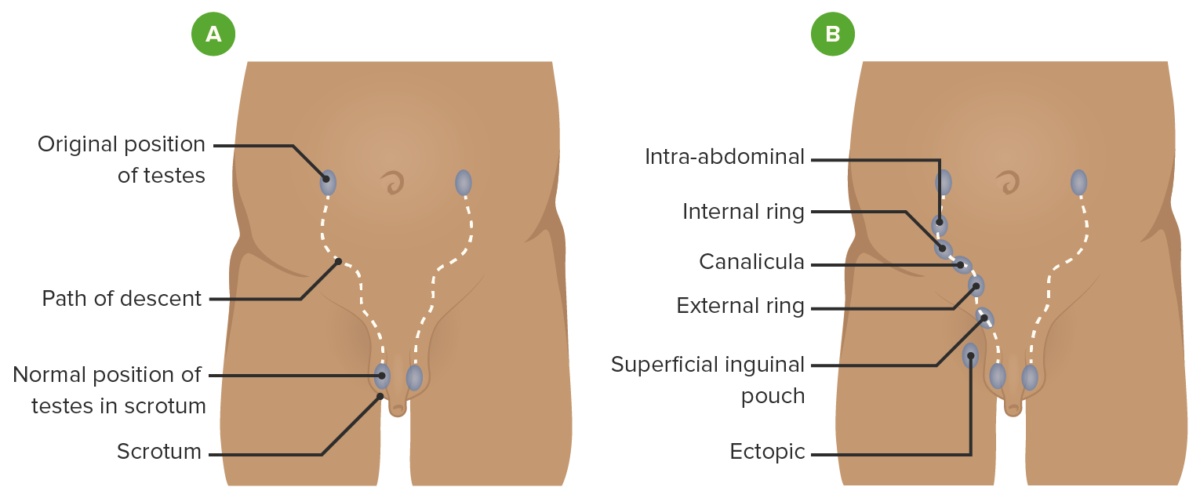
Overview Definition Cryptorchidism is the absence of 1 or both testicles in the scrotum. Cryptorchid testis (“hidden testis”) may be undescended or absent (atrophied). Epidemiology Pathophysiology Pathogenesis overall is not well understood but is affected by hormonal and anatomical embryologic factors. Normal mechanical descent: Defective mechanisms in the different phases of descent: Clinical Presentation and […]
HIV Infection and AIDS
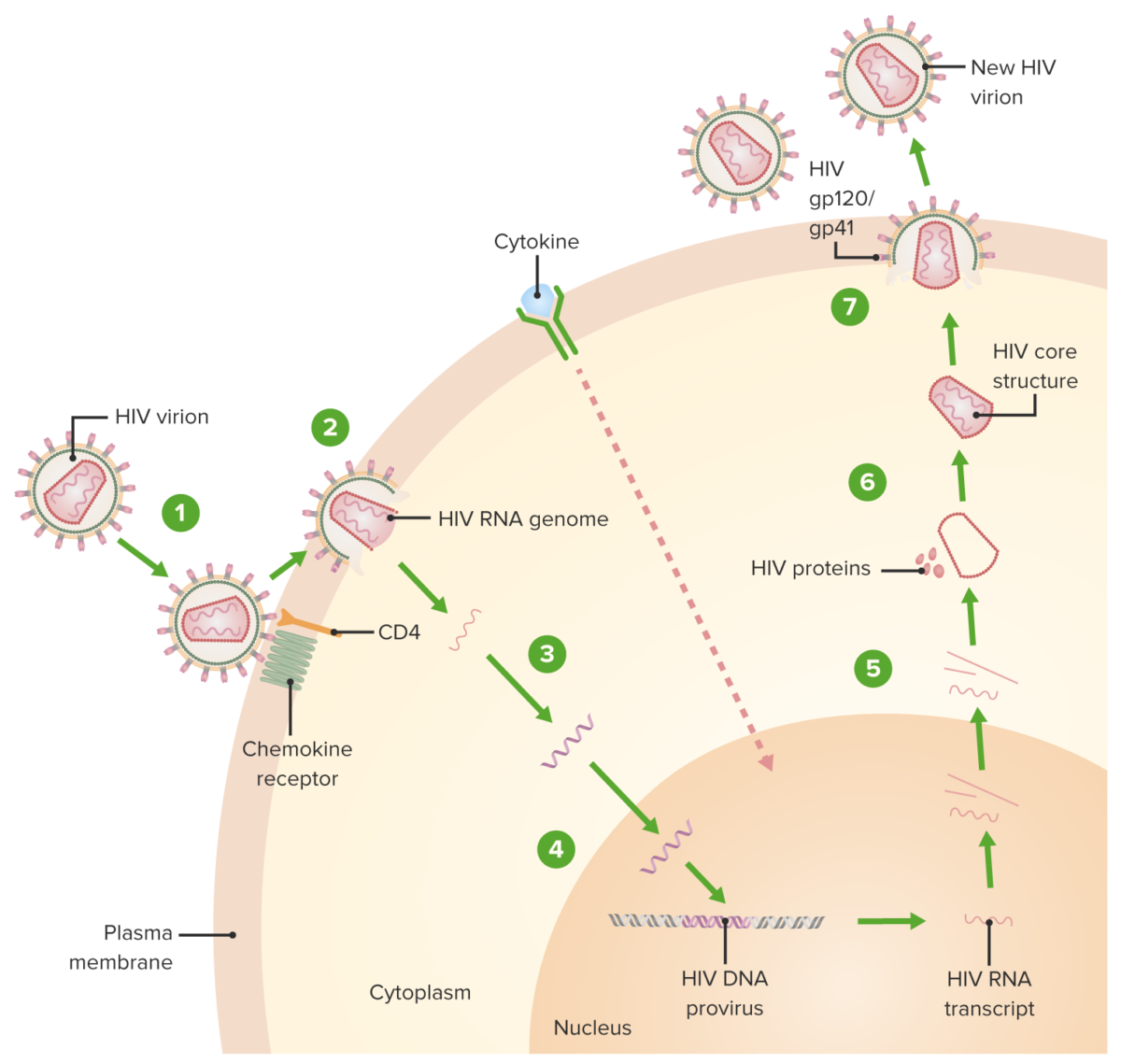
Epidemiology Worldwide United States Etiology and Transmission HIV Modes of HIV transmission Sexual: Parenteral: Vertical: Factors affecting transmission Pathophysiology HIV replication cycle Natural history Acute phase (infection, dissemination, retroviral syndrome): Chronic phase/clinical latency: AIDS: Clinical Presentation Categories of HIV infection The Centers for Disease Control and Prevention (CDC) classification notes that CD4+ T lymphocyte count […]
Benign Prostatic Hyperplasia
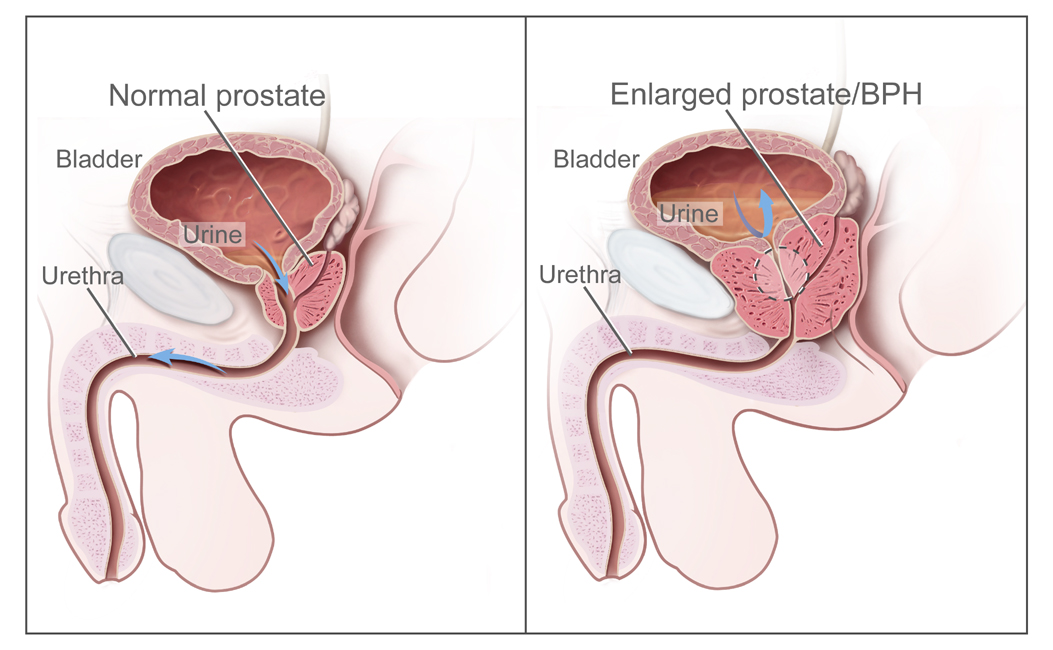
Overview Definition Benign prostatic hyperplasia (BPH) is a histologic diagnosis with an increase in the total number of stromal and epithelial cells within the transition zone of the prostate gland. The overall size of the prostate gland does not correlate with the degree of symptoms. Benign prostatic hyperplasia occurs with bladder outlet obstruction (BOO), leading […]
Vulvovaginitis
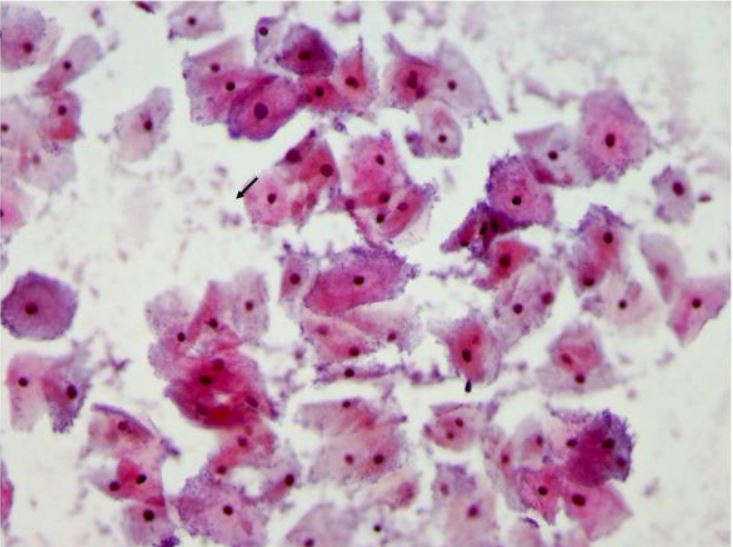
Overview Epidemiology Etiology Pathophysiology Bacterial Vaginosis Bacterial vaginosis (BV) is a polymicrobial dysbiosis of the vaginal microbiota, most often associated with Gardnerella vaginalis. Etiology and pathophysiology Clinical presentation Diagnosis Management Complications Bacterial vaginosis is associated with an increased risk of: Candidal Vaginitis Etiology Candidal vaginitis is a fungal vaginitis caused by: Pathophysiology Clinical presentation Diagnosis […]
Alopecia

Overview Normal phases of hair growth Classification or types of alopecia The most common classifications of hair loss are cicatricial (scarring) alopecia, non-scarring alopecia, and structural hair disorders. Cicatricial (scarring): The hair follicle undergoes irreversible damage, which heals through fibrosis, leading to a cessation in hair cycling and permanent hair loss. Table: Subtypes of primary […]
Aortic Dissection
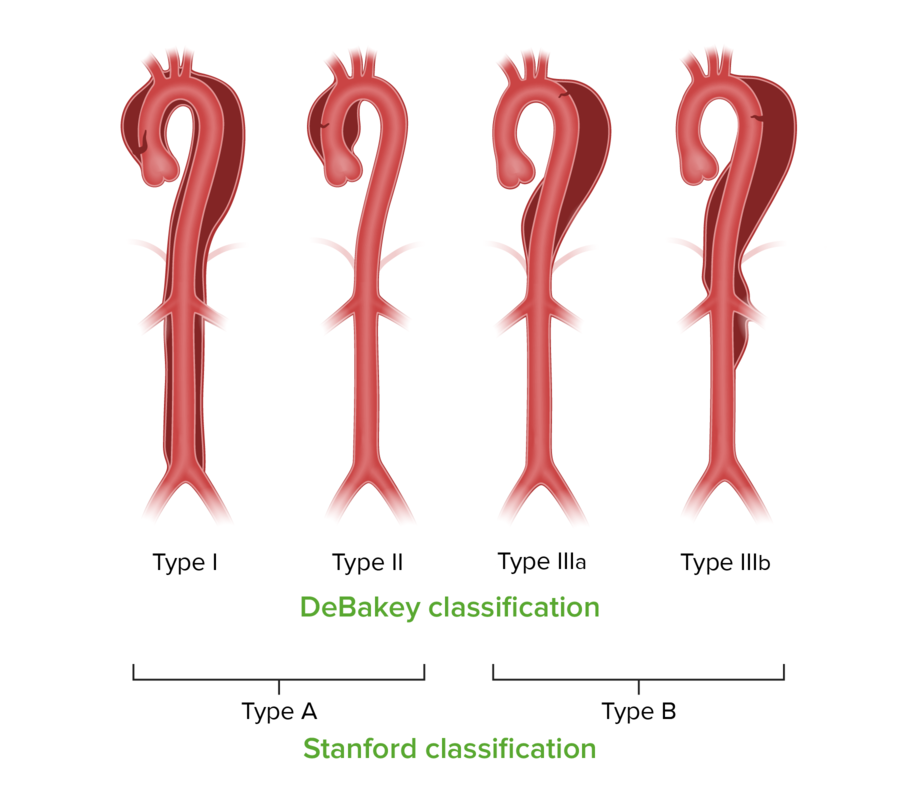
Overview Epidemiology Etiology Classification Pathophysiology Clinical Presentation Symptoms Physical exam Diagnosis Initial imaging Laboratory workup Definitive diagnosis Management Acute management Type A dissections Type A dissections require emergent surgical intervention for replacement of the involved ascending aorta or the entire ascending aorta with Dacron graft. Type B dissections Long-term management Differential Diagnosis References
Breast Cancer
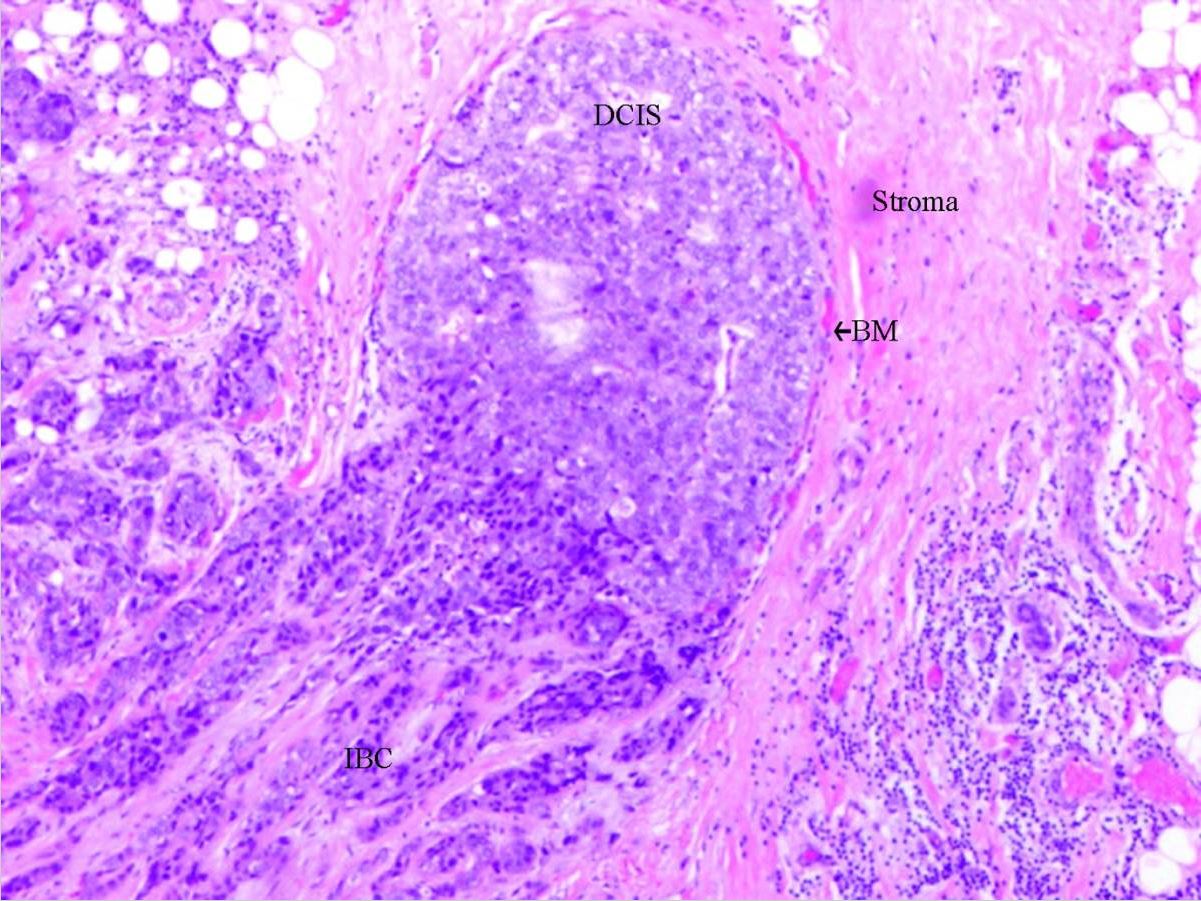
Overview Epidemiology Risk factors Unmodifiable factors that increase the risk: Modifiable risk factors: Mnemonics: “BReast-CAncer 1 and 2” = Mutated genes are the BRCA1 and BRCA2 genes. Histologic classification Non-invasive: Invasive: Other clinical forms: Molecular classification Based on expression of: Molecular types: Pathophysiology Familial breast cancer Sporadic breast cancer Clinical Presentation Clinical findings In areas […]
Tuberculosis
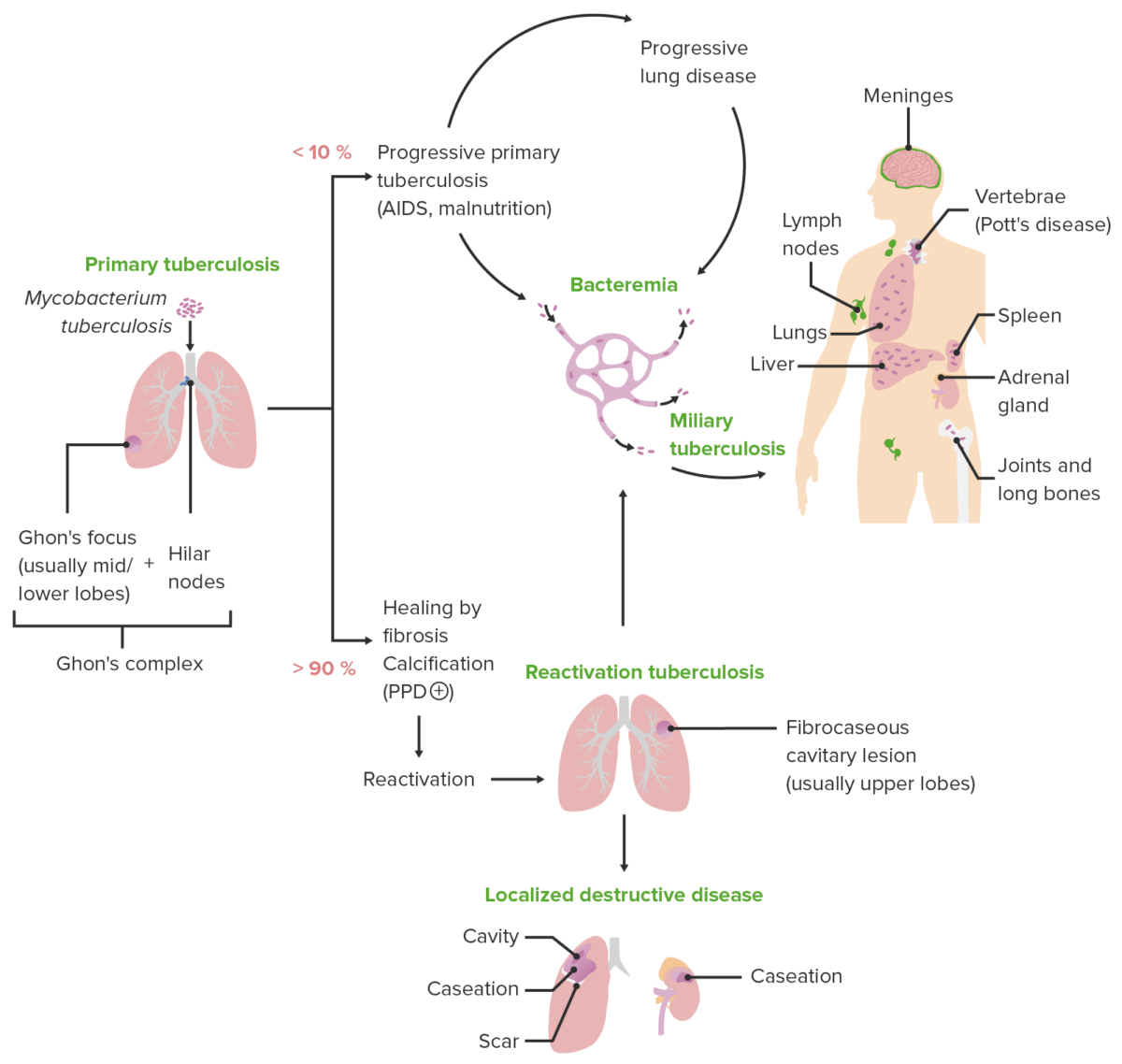
Overview Definition Tuberculosis (TB) is an infectious disease affecting the lungs and, sometimes, other organs. Tuberculosis is caused by Mycobacterium tuberculosis complex (MTBC) bacteria. Epidemiology Pathophysiology Etiologic agent The M. tuberculosis complex is a group of species that can cause TB in humans or other animals. Key species: Characteristics: Virulence factors: Transmission: Pathogenesis Tuberculosis disease […]
Lung Cancer Screening
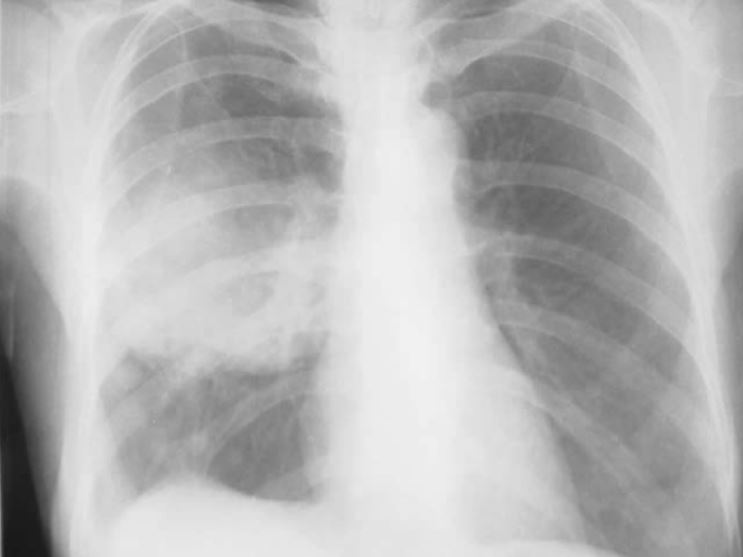
Overview Lung cancer Lung cancer is a malignant tumor of the lung originating from the respiratory epithelium of the bronchi, bronchioles, and alveoli. Epidemiology Risk factors Risk factor reduction Smoking cessation reduces the risk of lung cancer. Screening Rationale Benefits of screening Risks of screening Screening Recommendation Strategies for Screening Low-dose computed tomography Table: Summary […]